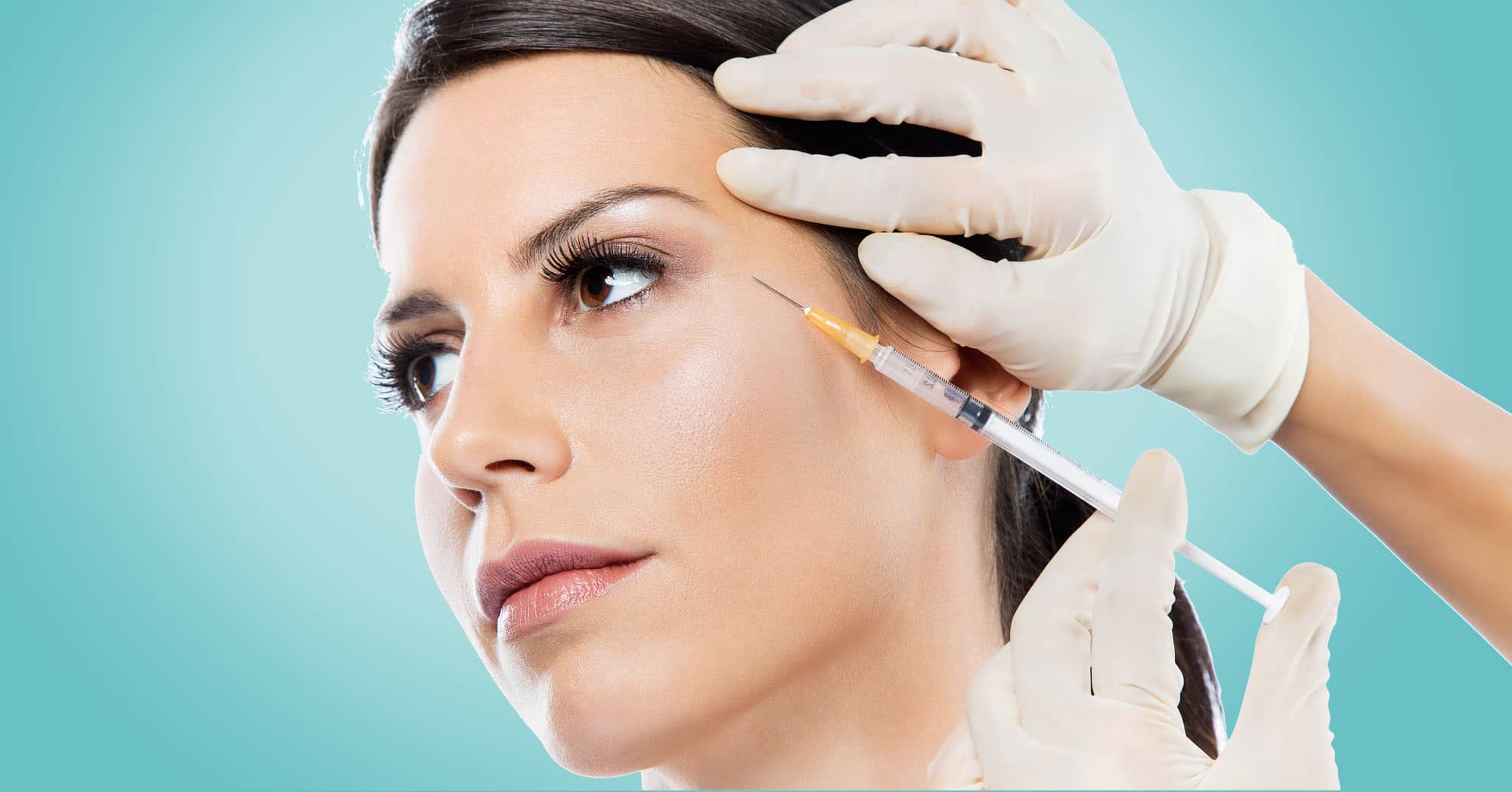
Since its FDA approval for treating facial wrinkles in 2002, the global usage of Botox has soared. Originally marketed at middle-aged women, the procedure is now attracting men and women of all ages in droves, largely courtesy of the advent of social media. With projected U.S. sales of up to 4.6 billion by the end of 2024, the Botox trend is showing no signs of abating.
Despite its rapidly increasing popularity, many prospective Botox patients aren’t aware of the specifics of the treatment. From safety to side effects, we’ll answer some of the most common Botox queries to help you determine whether it’s right for you.
1. Is Botox safe?
No medical or cosmetic treatment is 100% risk-free. However, when administered by an experienced practitioner who has been properly trained, such as through this comprehensive Botox course in Charleston, Botox is generally recognized as a very safe and minimally invasive procedure. That said, it’s important to research the clinic ahead of time.
A reputable clinic should have a current website, transparent fees and make you feel comfortable during your initial consultation. Conversely, avoid clinics that have outdated contact details, are difficult to reach or rush you through the consultation process.
2. What are the potential side effects?
Some of the most common Botox side effects include reactions at the injection site (such as swelling, redness, bruising), temporary muscle weakness and minor headaches in the first days after treatment. Occasionally, individuals may also experience drooping eyelids, dry eyes, or flu-like symptoms. These minor side effects are normal and do not typically require intervention.
In rare cases, Botox can cause an allergic reaction. If you experience symptoms such as hives, itching or difficulty breathing, seek medical attention immediately. Other severe but highly unlikely side effects can include difficulty swallowing or breathing where Botox has weakened the muscles in the mouth and throat. Symptoms are not instantaneous, sometimes presenting weeks after the initial injection. These difficulties should be immediately assessed by your doctor.
3. Will the procedure hurt?
Though pain tolerances vary between individuals, Botox is generally tolerated very well among patients. Often, Botox users will describe the feeling of being injected as a brief pinprick, lasting only a few seconds. Sensitive areas, such as the lips or around the eyes, may be slightly more uncomfortable. If you’re concerned about the process, speak to your clinic about applying a topical anesthetic prior to the procedure to reduce discomfort. You can also apply a cold compress before and after the injection to soothe any redness and swelling.
4. What is recovery like?
Botox’s speedy recovery is another reason for its popularity. Most people can receive Botox injections during their lunch break, for example, and return immediately to work. However, for best results, it’s important to avoid sun exposure and any physical activity for at least 24 hours after treatment. Where possible, you should also wait four or more hours before lying down, as pressure on the treatment zone during this timeframe can cause your Botox to migrate to an unwanted area.
5. How long will the effects of Botox last?
The effects of Botox typically last between 2 and 6 months, with most individuals needing a follow-up procedure around the 3-to-4-month mark. To make your Botox last longer, experts recommend applying SPF regularly, as UVB rays can penetrate the skin and lessen the longevity of the treatment. Moisturizing with a product that contains collagen and hyaluronic acid is also recommended, as it can reduce the rate at which the Botox breaks down in the muscles.
6. What age should you start getting Botox?
There is no right or wrong age to incorporate Botox into your anti-aging arsenal. However, experts agree that starting treatment in your late 20s or early 30s produces the best results for most patients. This is often the age range when first lines begin to form and getting preventative Botox can stop these lines from settling deeper into the skin. However, Botox candidates in their 40s, 50s, 60s and beyond can still enjoy the benefits of maintenance Botox to minimize the appearance of wrinkles that have already developed.
Botox can be an extremely powerful and affordable way to combat the signs of aging. Now that we’ve addressed some of the most common Botox queries, the next step is to book a consultation with a reputable aesthetician to see if the procedure will meet your treatment needs.





![Home Renovation Guide [2025]](/app/uploads/2021/04/design-hacks-1-378x300.jpg)
